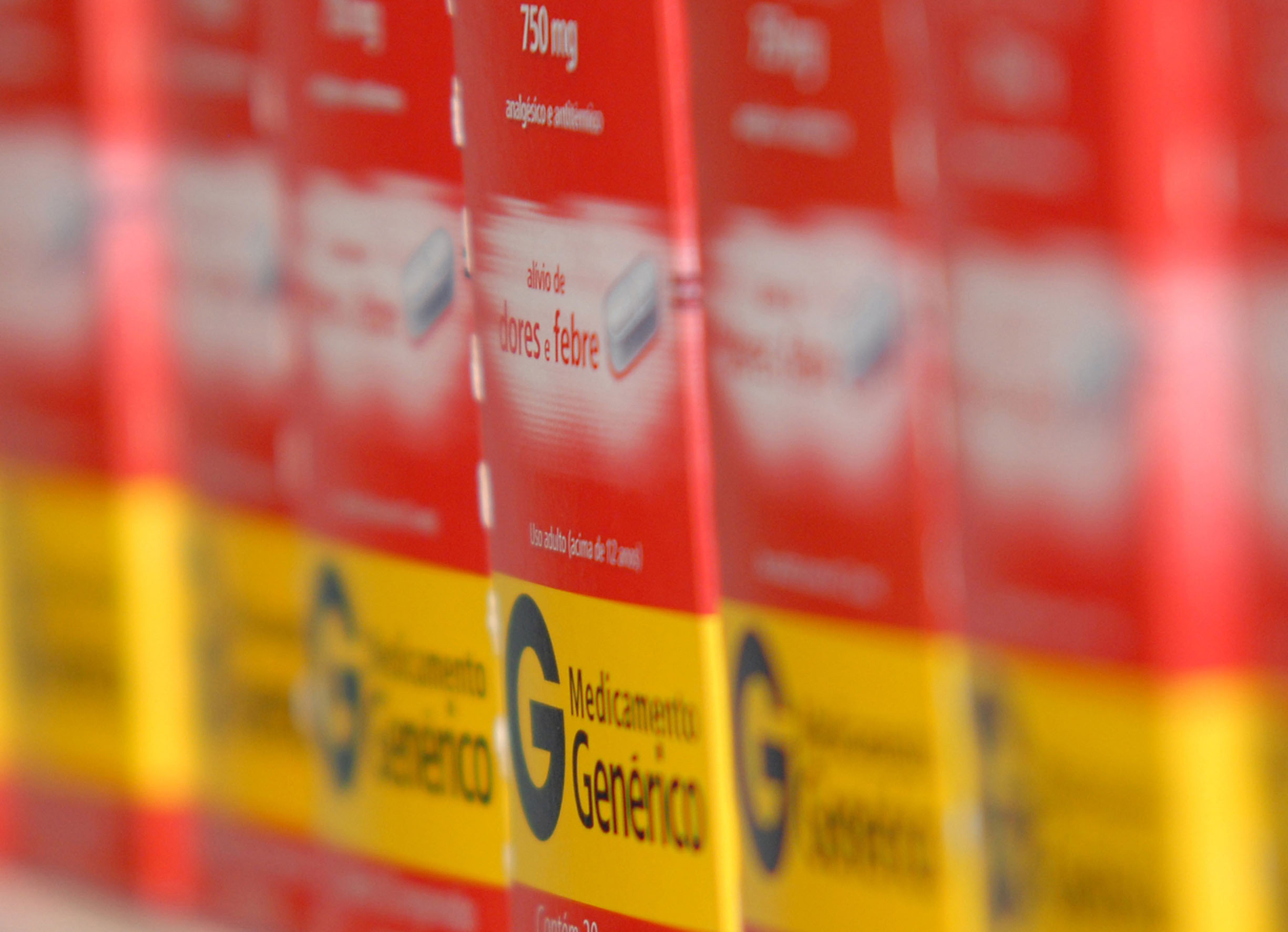In May, the health ministry announced that it would set a new target for the use of generic pharmaceuticals. In 2013, 46.9 percent of the prescription drugs dispensed in Japan were generics, and at first the ministry said it wanted to raise this portion to 60 percent by 2017, but the Council on Economic and Fiscal Policy, which advises the ministry on fiscal matters, insisted it speed up the process in order to curb runaway medical costs, and now the ministry says it will shoot for a target of 80 percent in line with the dispensing rate in Europe and the United States.
Generics — cheaper versions of drugs whose patent protection has expired — tend to be more expensive in Japan than they are in other countries when compared to patent drugs with the same active ingredients. Because of the national health insurance system, drug prices in Japan are determined by the government, and prices for generics tend to be about 60 percent of the price for patent drugs, whereas in the U.S. generic prices are about 20 percent that for patent drugs. Insured Japanese consumers only pay 30 percent of the drug price out of pocket — 10 percent if they're elderly — so the difference isn't acutely felt and the urge to request generics not as strong.
By pushing generics, the government hopes to save as much as ¥1.3 trillion a year, which is important since medical costs are continually rising, mainly due to drug costs. Overall medical expenses rose by 7 percent from 2009 to 2013. During that same period the money spent on drugs increased by more than 20 percent. As pointed out by journalist Mika Tsutsumi, who covers the U.S. health care situation, the Japanese government reviews drug prices every two years and the trend has been to reduce them, but Japanese physicians are prescribing more drugs. In addition, American companies have recently been successful in marketing drugs in Japan that have yet to be approved by the government and thus are very expensive.



